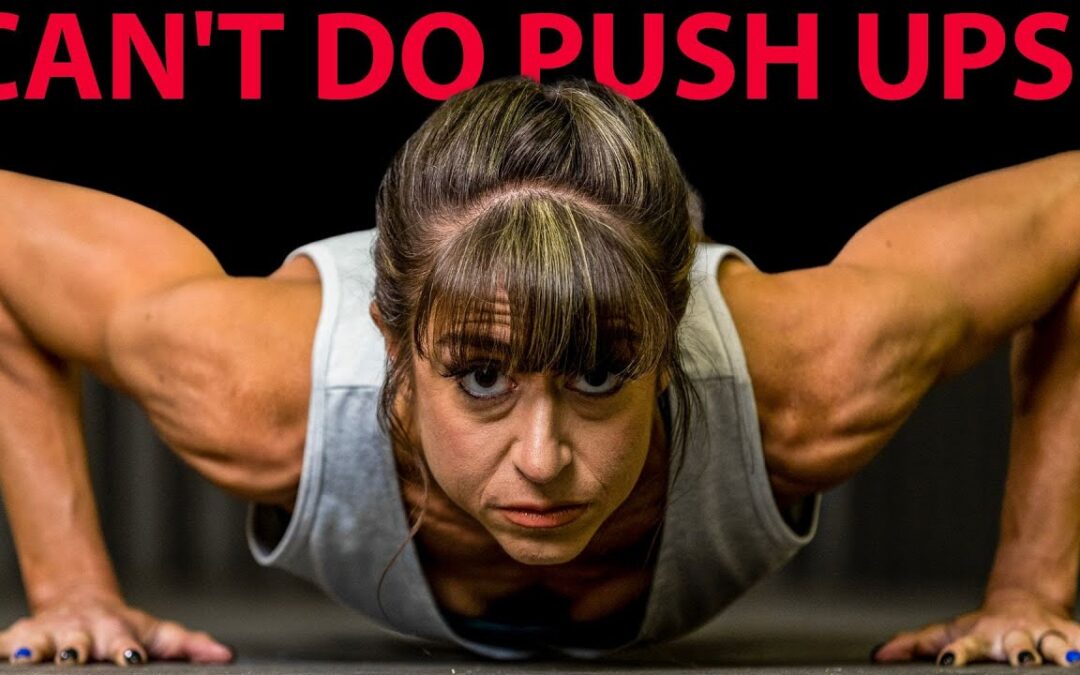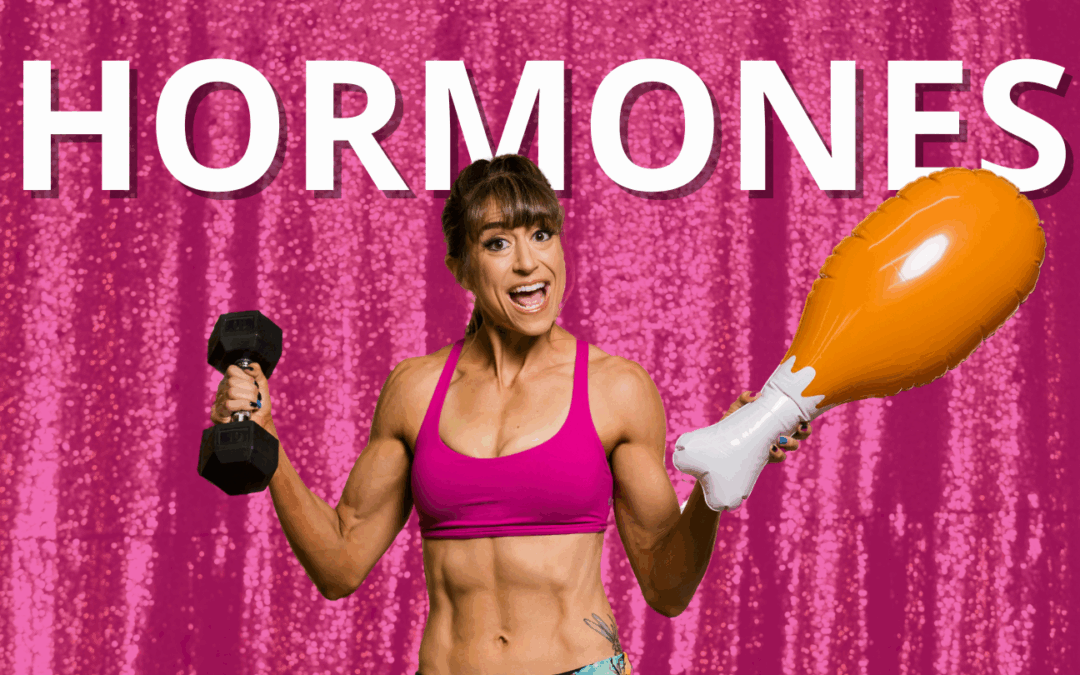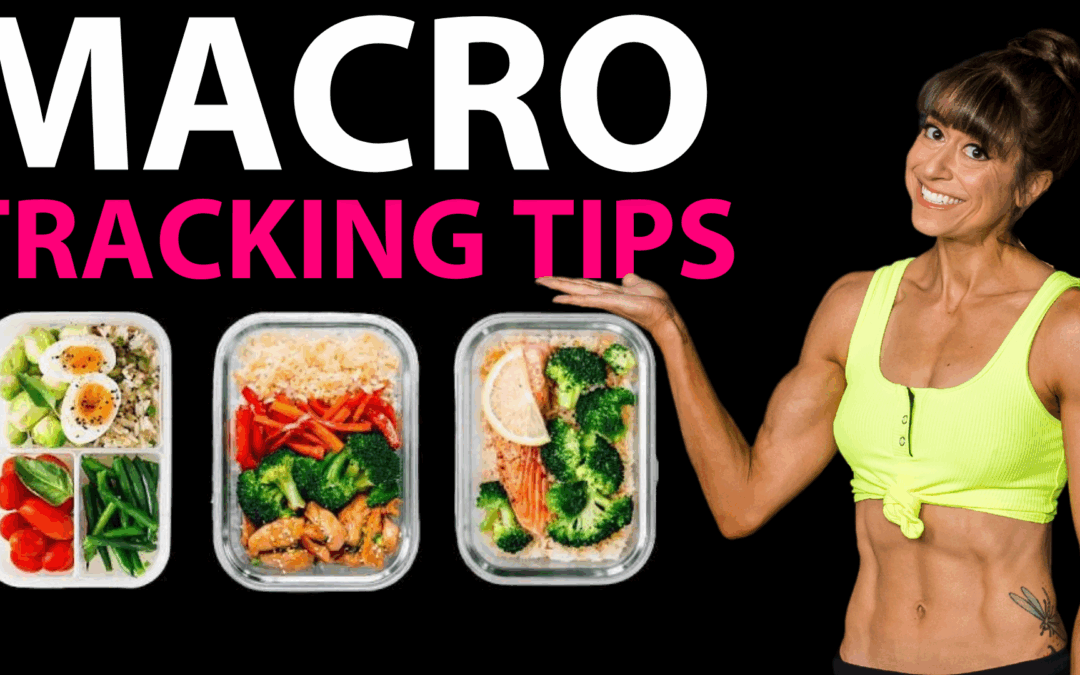
by Cori Lefkowith | Jun 22, 2025 | Blog, Diet
Changing your portions is hard. You can’t just eat meals the way you’ve always eaten. That does require some planning ahead to start. And protein isn’t often the thing we just have lying around or want to snack on. That’s why these 7 tips can help you start to adjust...

by Cori Lefkowith | Jun 19, 2025 | podcast
Listen: Change Requires CHANGE If you’re feeling stuck and know deep down that you could be doing better, don’t wait any longer. Your life is not going to change until you take action and make a bold move towards your goals. If you’re ready to take control of your...

by Cori Lefkowith | Jun 15, 2025 | Blog, Bodyweight, Exercises, Push Ups
Push-ups aren’t just hard. They’re deceptively hard. Because what looks like a simple bodyweight upper body move…Is actually a moving plank. It’s why mastering the full push up isn’t just about upper body strength – it’s about creating full body tension. It’s a...

by Cori Lefkowith | Jun 12, 2025 | podcast
Listen: Change Requires CHANGE If you’re feeling stuck and know deep down that you could be doing better, don’t wait any longer. Your life is not going to change until you take action and make a bold move towards your goals. If you’re ready to take control of your...

by Cori Lefkowith | Jun 8, 2025 | Blog, Diet
Tracking macros is tedious. It’s boring and can definitely feel overwhelming to start. But it is also the most effective way to understand your diet and be able to adjust based on your needs and goals. What gets measured gets managed. That’s why I wanted to share 10...






